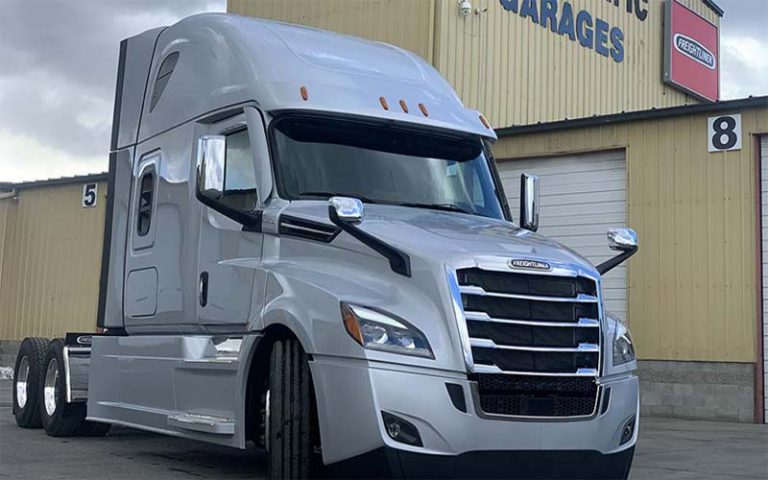
In the trucking industry, high driver turnover results in increased training costs, customer dissatisfaction and safety issues. The American Trucking Association reports in late 2019 driver turnover was at 92% within larger fleets and 74% in smaller fleets.
According to a 2016 analysis by Gallup, workplaces with engaged drivers have 70% fewer safety issues. Discover five basics of boosting driver engagement.
Better Driver Engagement Program in Five Parts
1. Internal Communication
Use internal communication to display the company’s safety goals. That way, each driver recognizes their impact on meeting those goals.
2. A Drivers Safety Leaderboard
Post a safety leaderboard displaying the rank of every driver in the fleet. This can be done anonymously so only the driver knows where they rank. Ranking drivers can help to motivate those lower on the board to better adhere to the speed limit, road conditions, etc. Alternatively, those high on the leaderboard will be encouraged by their rank.
Some companies create contests rewarding driving teams with cash prizes, gift cards or time off if they outperform all other teams!
3. In-Cab Audio Coaching.
This on the road coaching based on telematics data can improve the habits of drivers. Coaching may take the form of audio reminders regarding speed limit adherence or lane changing practices. These reminders combine to improve overall safety.
4. In-Cab Video Coaching
This video monitors the road around the truck as well as the driver. Incidents related to driver’s safety on the road are recorded allowing fleet managers to point out ways to improve. Alternatively, this video can be shown to the driver as well as the rest of the driving team, to demonstrate proper action taken in a traffic incident.
5. Share Successes
Keep a record of driver’s safety and effective responses to incidents. Share this record with all drivers to show them how significant their actions are to fleet safety.
Tips Regarding Safety Feedback
- If there’s an issue with a driver’s performance be sure to share specifics such as lane changing or speed limit issues.
• Discuss what specific actions a driver can take to be safer.
• Ask for driver feedback. Input from the person sitting in the cab is valuable!
• Always talk honestly and respectfully with drivers.Finally, collecting driving data is just the first step to adjusting behaviors, decreasing turnover, and making a group of drivers a more cohesive team.
